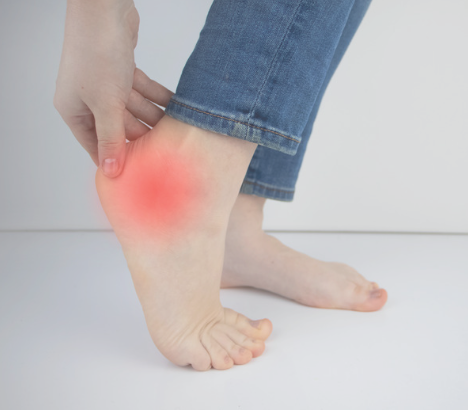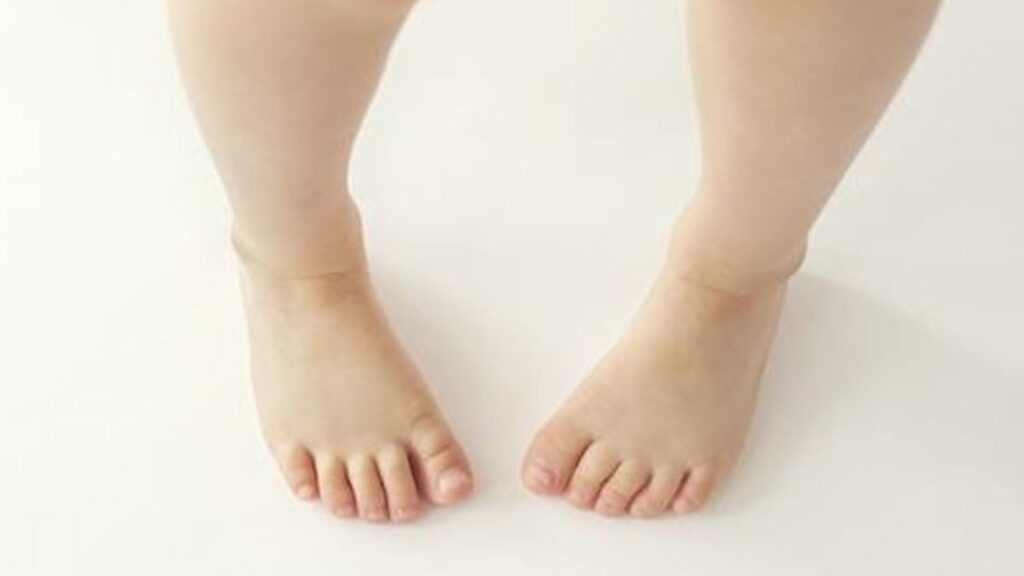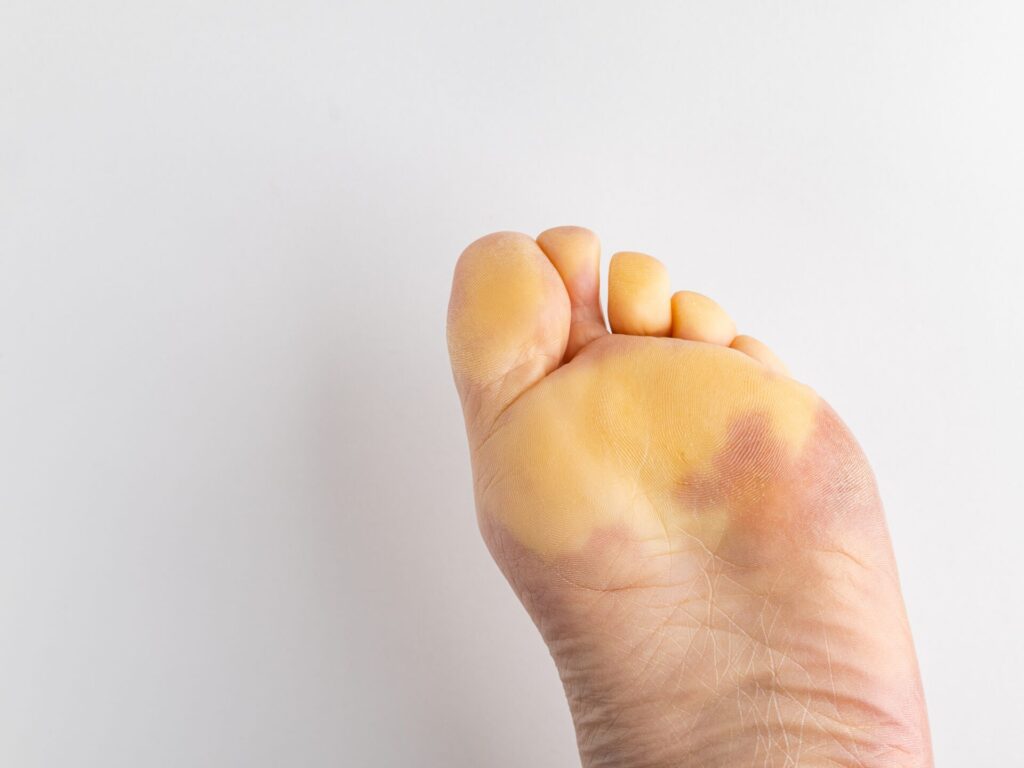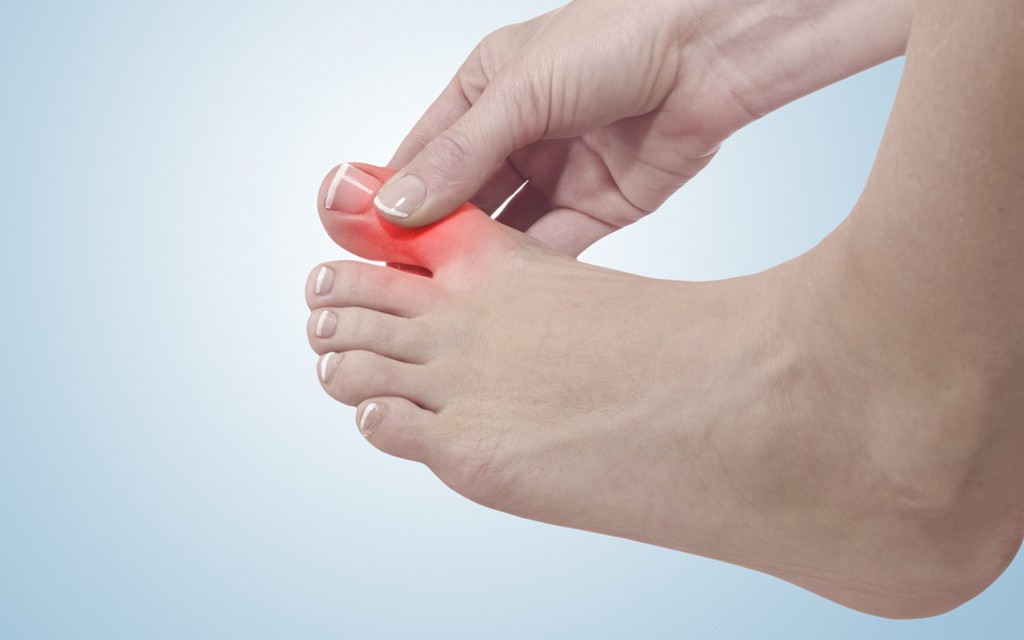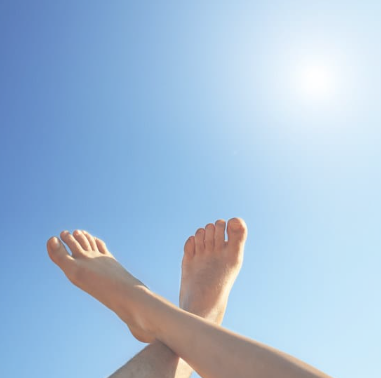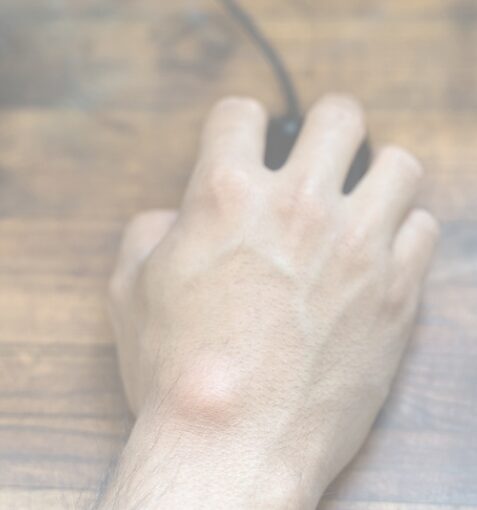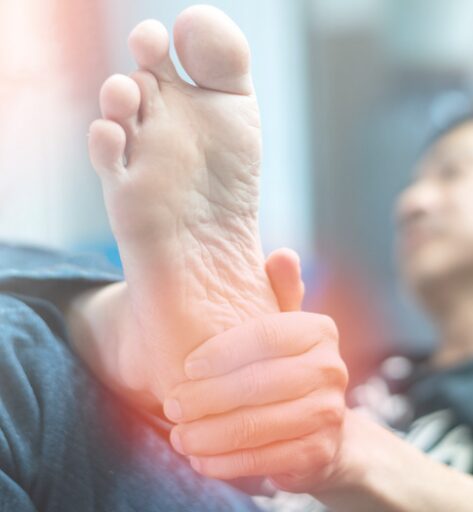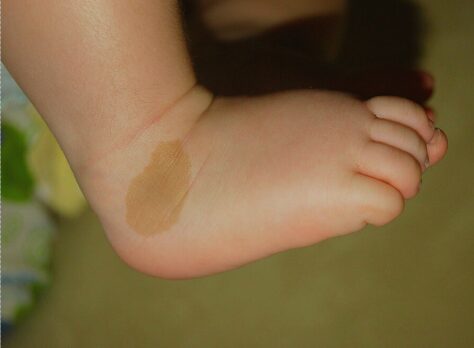What is Ankle Joint Arthritis?
What is Ankle Joint Arthritis? Ankle joint arthritis, also known as ankle osteoarthritis, is a condition characterized by the degeneration of the cartilage that covers the ends of the bones within the ankle joint. This degeneration leads to inflammation, pain, stiffness, and reduced range of motion in the ankle joint. Ankle arthritis can significantly […]
What is Ankle Joint Arthritis? Read More »

